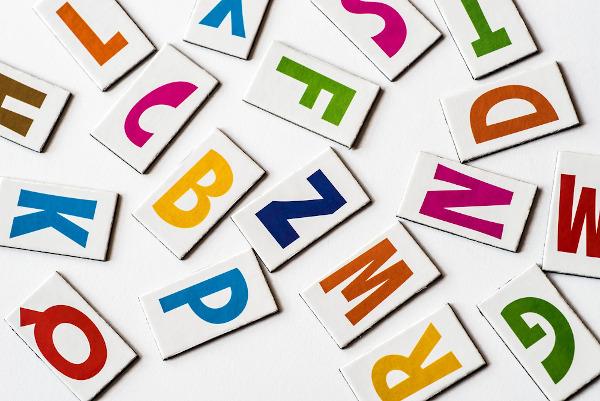THE alliteration is a sound figure in which a statement is created using the same sound of some consonant repeatedly, causing a game of sounds and senses. It is quite common in poetic language and tongue twisters.
Read too: Hyperbate - figure of speech in which syntactic inversion occurs
alliteration concept
Alliteration is a figure of speech characterized by repetition of phonemes consonant, that is, of consonant sounds. The same sounds of consonants in the utterance to convey an idea through such sound. Let's look at some examples:
"Bell of Belem Buntil Bin-Bin-Bin” (Manuel Bandeira)
In this example, there is a repetition of the sound of the “b” consonant, which refers to the ringing of bells.
“susshowlsssalways ssecretsshellos”
The repetition of the sound of the consonant “s” in the above statement is also purposely done to create a sound game related to the sound of whispers.
Do not stop now... There's more after the advertising ;)
See other examples of alliteration:
"Withmthe umto thenogives noO mair" (Lulu Santos)
"Who with ferror fere with ferror will be ferotic"
“Chhello teagrape, teaoh nonstop” (Jorge Ben)
alliteration and assonance
THE assonance is a figure of speech similar to alliteration, but characterized by the repetition of vowel sounds, especially from the syllables tonics, to generate the discursive effect. Therefore, it is a sound figure equivalent to alliteration, but using the vowels.
The word “alliteration” comes from the Latin “littera”, which means “letter”, while “assonance”, which comes from the Latin “sonus”, means “sound”.
Read too:Hyperbole - figure of speech characterized by deliberate exaggeration

solved exercises
Question 1 - (FIP – adapted) Observe the sequence of sentences below and respond below.
(1) And on the beautiful day I saw you coming, my life. (Guilherme de Almeida)
(2) Know the mornings and mornings. (Almir Sater and Renato Teixeira)
(3) And the singsongs of quiet mellow sounds run away fluidly. (Eugenio de Castro)
The statement(s) that present(m) alliteration is(are):
TO 1.
B) 2.
C) 3.
D) 1 and 2.
E) 2 and 3.
Resolution
Alternative C. The words “serene” and “sounds” repeat the sound of the “s” consonant, while “run away” and “fluid” repeat the sound of the “f” consonant. In the other utterances, although there is also some sound repetition, they are not only of the consonants, so they are other figures of sound (in the first utterance, we have assonance with the vowel "i" and, in the second utterance, we have paronomasia with the words "manhas" and “mornings”).
Question 2 - In which option is there an error in identifying the figures?
A) “entertaining for everyone, on the awning…” (alliteration)
B) “My mouth of Iguaçu/South Pole, my blue/Light of naked feeling” (assonance)
C) "O white, white forms, clear forms" (assonance)
D) “And cold, fluent, dim light / Floats…” (alliteration)
E) “Undo highly abusive alliteration” (alliteration).
Resolution
Alternative E. In the utterance, there is assonance due to the repetition of the vowel sound “a”.
By Guilherme Viana
grammar teacher
Would you like to reference this text in a school or academic work? Look:
VIANA, William. "Alliteration"; Brazil School. Available in: https://brasilescola.uol.com.br/gramatica/aliteracao.htm. Accessed on June 27, 2021.

